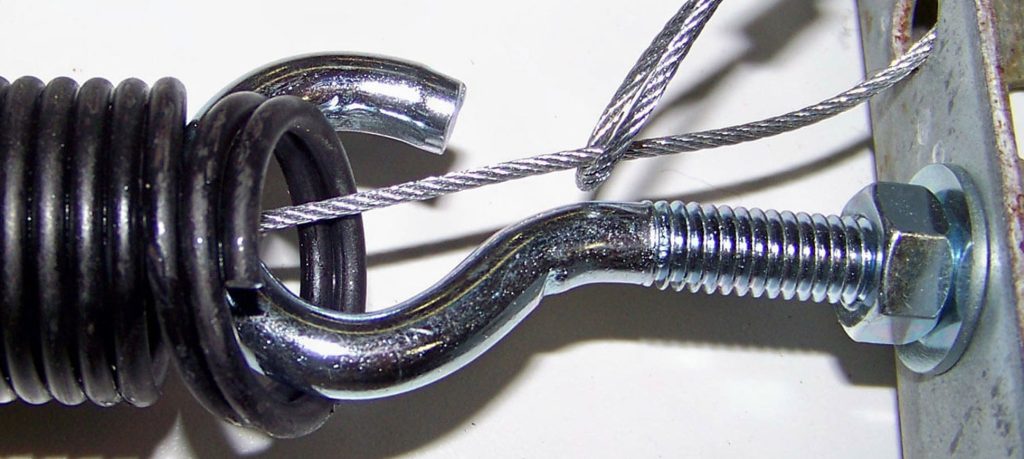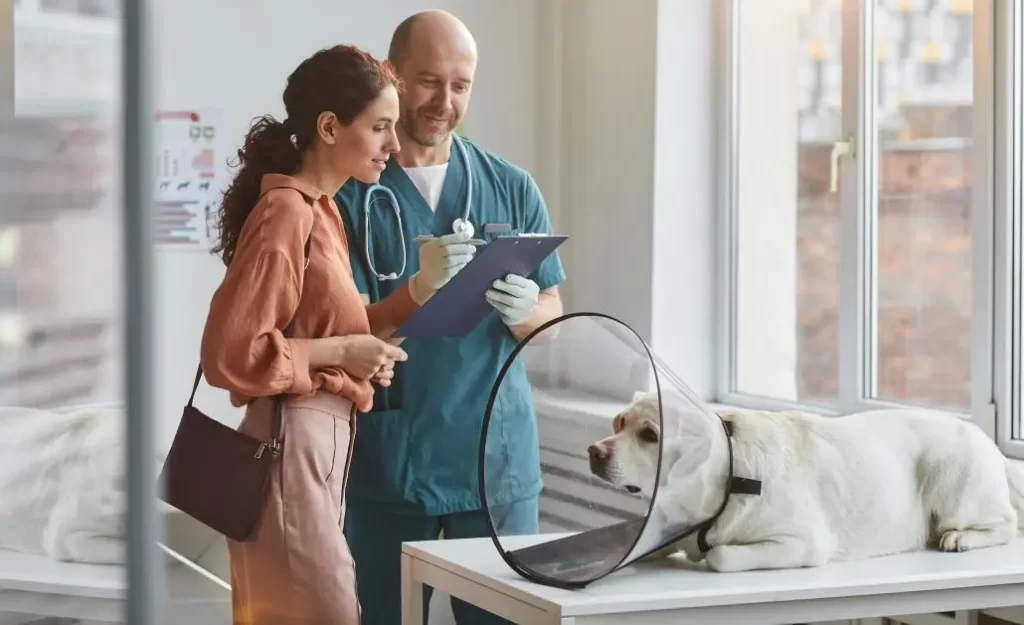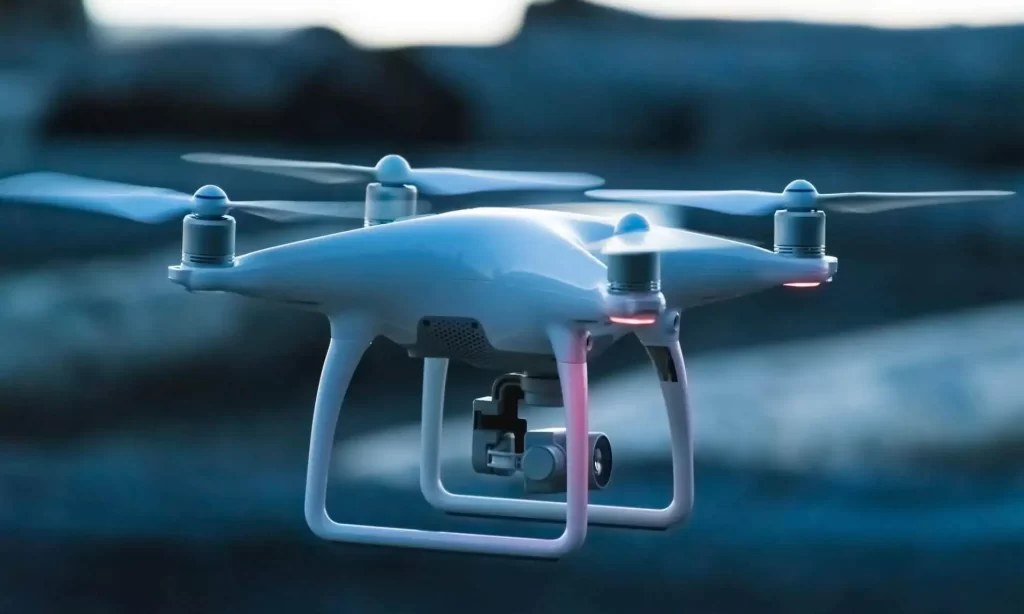Beyond Repairs – Elevate Your Garage with Garage Spring Repair Services
Garage door is not just a functional aspect of your home it is an important factor that plays a role in the entire aesthetics and safety of your property. Employing the skilled garage spring repair services not just assures the security of your respective items but also elevates the style quotient of your own space. Professional garage spring repair services can enhance both safety and style of your respective home. A nicely-preserved and operating garage door is crucial for your safety of your own items. Professional garage spring repair services consist of schedule inspections, and repairs that ensuring your door operates. This stops failures that may undermine the security of the garage and the items placed inside.
Advanced security features – Professional garage spring repair services provide the most up-to-date in security technology. Upgrading to your present day garage door system with advanced features like intelligent hair, security camcorders, and distant checking contributes an extra covering of protection to the home. These features not just deter possible thieves but additionally give you reassurance, with the knowledge that your property is well-attached.
Emergency repairs – Garage doors can fail to function properly at most bothersome periods. Skilled garage spring repair services frequently offer 24/7 emergency repair services to address troubles promptly. Be it a broken spring, destroyed panels, or a deteriorating opener, possessing a dependable service at your disposal makes certain that your garage door has returned in working buy swiftly, minimizing prospective security dangers.
Tailored designs – Professional garage spring repair services supply a variety of designs and materials to suit your aesthetic personal preferences. From standard to present day, you are able to pick a garage door that complements the architectural style of your respective home. Modification options consist of different shades, finishes, and home window designs, helping you to develop a unique and stylish try to find your garage.

Energy performance – Improving your garage door may also give rise to the energy effectiveness of your own home. Modern garage doors are designed with insulated materials, helping manage the temperature in your garage. This not simply creates a convenient environment but additionally reduces energy costs. Moreover, an energy-efficient garage door can increase the all-round eco-friendliness of your own home.
Entrance charm – The garage door is really a considerable aspect of your home’s curb appeal. A stylish and effectively-preserved door can tremendously increase the overall appearance of your own property. Skilled garage spring repair services not just supply installation but additionally supply guidance on picking a door that enhances the exterior of your home, adding to its appearance and visit the site.
Garage spring repair services guarantees the security of the valuables and increases the total safety of your own home. Concurrently, the aesthetic appeal of any stylish garage door adds value to the property and elevates its curb appeal. Whether you are planning to upgrade your garage door for security factors or simply want to increase the appearance of your home, professional garage spring repair services are the step to reaching a safe and chic space.

 At Top Gear Deals, we recognize that value extends beyond the initial price tag. Our finance options are tailored to suit diverse budgets, making it easier for you to drive home in the car of your dreams. Whether you are looking for a traditional auto loan or exploring lease options, our financial experts are here to guide you through the process. We believe in making quality vehicles accessible to everyone, and our financing solutions reflect that commitment. To further enhance the value we offer, all our vehicles undergo rigorous inspections and quality checks. We take pride in ensuring that each car on our lot meets the highest standards of safety and performance. Our meticulous approach to pre-owned vehicles gives you the assurance that you are investing in a reliable and well-maintained automobile. Top Gear Deals goes beyond being just a car dealership; we are a community that values customer satisfaction. Our after-sales service is second to none, with a team of skilled technicians ready to address any maintenance or repair needs your vehicle may have.
At Top Gear Deals, we recognize that value extends beyond the initial price tag. Our finance options are tailored to suit diverse budgets, making it easier for you to drive home in the car of your dreams. Whether you are looking for a traditional auto loan or exploring lease options, our financial experts are here to guide you through the process. We believe in making quality vehicles accessible to everyone, and our financing solutions reflect that commitment. To further enhance the value we offer, all our vehicles undergo rigorous inspections and quality checks. We take pride in ensuring that each car on our lot meets the highest standards of safety and performance. Our meticulous approach to pre-owned vehicles gives you the assurance that you are investing in a reliable and well-maintained automobile. Top Gear Deals goes beyond being just a car dealership; we are a community that values customer satisfaction. Our after-sales service is second to none, with a team of skilled technicians ready to address any maintenance or repair needs your vehicle may have.




